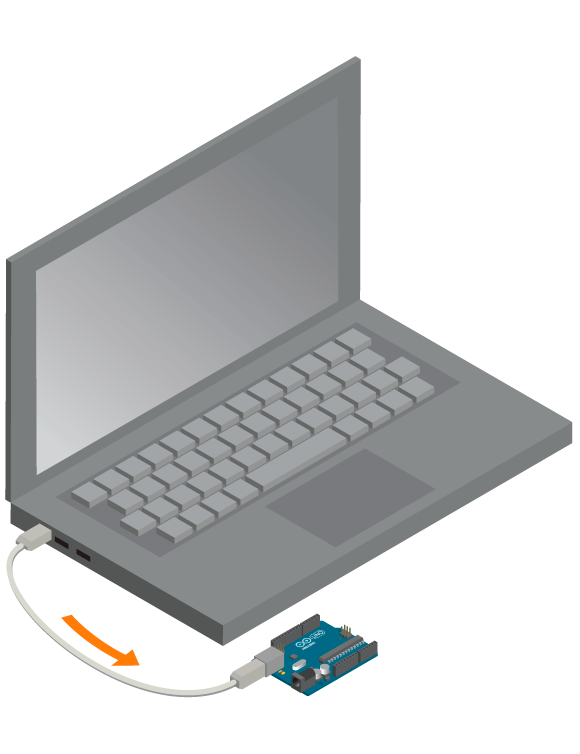This is your first step towards these kinds of skills. The boom box is a small sample player you can use to make music, or just random sound. It comes with three prerecorded samples but we probably don’t have the same creative cleverness when it comes to recording as you do so you should definitely record your own samples too!
Category Archives: Block 3
Magic
To make your electronic projects even more interesting, this week we will teach you the magic of Analog signals and the serial port. In the end of this week you will know that there is actually nothing magic about these technologies themselves, what’s magic is what you create with it. Among other projects this week you will find a cookie guarding monster, a music playing pencil and a knocking skeleton in a coffin.
Reading analog signals
As you have learned previously, digital signals only have two opposite states: 1 or 0. For example, if you push a button, its state changes from one to the other; a LED is either on or off.
Writing analog signals
Just as you can read analog signals, you can also send analog values. Arduino uses Pulse Width Modulation (or PWM) pins to send out analog values. Check out the digital pins with a tilde symbol (~) next to them.
LDR
Now we’re going to learn about a special analog sensor. The Light Dependent Resistor (LDR) is a sensor that detects the amount of light present. Depending on the amount of light shining on it, the sensor will return a specific analog value. You can do something really interesting things with it; make a lamp that turns on automatically when the room gets dark or a robot that follows flashlight. So, let’s get started with the basics.
Serial port
Arduino boards connect to your computer using a USB cable. The way the boards “talk” to the computer is through something called a serial port. Serial ports can be used to exchange fairly complicated data with the computer. Instead of the digital or analog signals we discussed previously, you can send or receive text (string).
Sending to computer
Receiving from computer
Cookie monster
We found out someone is eating the cookies from the jar in the kitchen! We thought about it and came to the conclusion that the best thing to do would be to prepare a trap to find out who was eating them. Let’s build something that will take a picture of whoever opens the cookie jar. No cookie monsters were hurt in the making of this experiment.
Drawdio
Draw audio with drawdio. You might think that this pen is magic, and it might just be. Drawdio turns (almost) everything that is conductive into an instrument. You can either make music by drawing a picture or by touching the tip of it to different conductive things around you. See some examples of ways to use it in this video.
Knock knock box
Knock on this coffin to awake the dead. Don’t worry, the skeleton won’t get out and come after you but it will reply from inside.
Ok, we know that you know that there isn’t a real skeleton there. It’s really a piezo used as a knock sensor. After you’ve made this project you might think of a handy way to use this sensor in other ways. Check out this secret knock detecting lock for some inspiration.
POV
With POV, persistence of vision, you can take eg a bike wheel and make it into a display with just a few LEDs. Check out this video to see what we mean.
In this project you will make one of these displays yourself. Wave it with long strokes or even hold it while running to display a text, a statement or a picture. The effect is most visible in a dark place so if you’re running, make sure not to run in to a tree or a friend.
Sequencer
Binary LP
This sort of works as an LP player. The difference is that instead of using a needle on a plastic disc, we use three IR sensors in a row to read a pattern from a paper disc. If you are both musically and digitally inclined, you will have lots of fun creating melodies with this.
